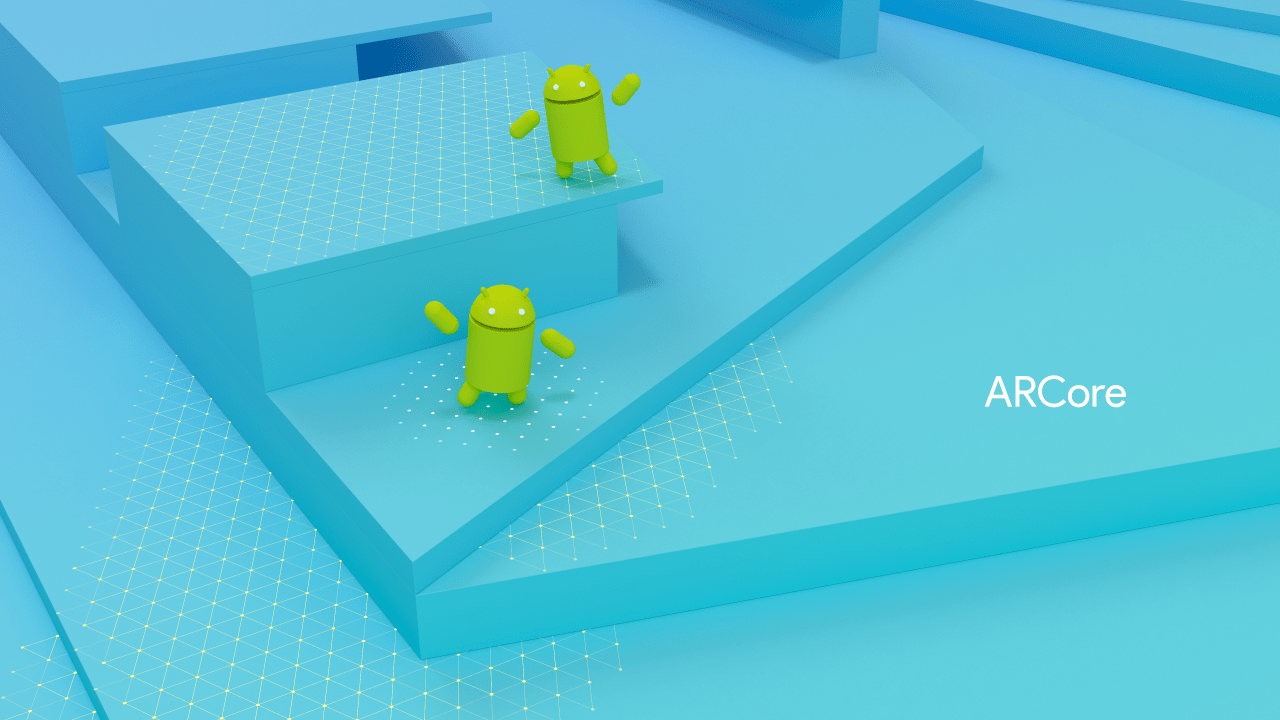In the ever-evolving landscape of technology, augmented reality (AR) has emerged as a fascinating frontier. While Apple took the lead with its ARKit, launching on hundreds of millions of devices almost overnight, Google isn’t one to be left behind. Enter ARCore, Google’s bold foray into mobile augmented reality that aims to democratize AR access across Android smartphones. Let’s dive deeper into this technology, its implications, and its potential to sculpt the future of AR.
ARCore: What Sets It Apart?
ARCore represents a significant shift in Google’s strategy concerning augmented reality. Unlike Project Tango—which aimed for high-end AR experiences but never truly gained mass adoption—ARCore is designed for accessibility and compatibility. It utilizes motion tracking, environmental understanding, and light estimation to deliver augmented experiences without requiring specialized sensors found in Tango.
The Democratization of AR
- Wider Device Support: Initially launched on Pixel and Galaxy S8 devices, Google plans ARCore to be compatible with over 100 million Android smartphones. This scale allows developers to reach a broader audience, tapping into a massive market for innovative applications.
- Surface Detection: Rather than relying on cumbersome 3D mesh formation, ARCore intelligently detects horizontal planes in real-time. This practical approach lowers the hardware requirements, making AR experiences more accessible even on mid-range devices.
- Dynamic Lighting: One of the most exciting features of ARCore is its ability to dynamically adjust digital objects’ lighting based on the real-world environment. This brings augmented objects to life, creating seamless interactions and visually appealing experiences.
Harnessing the Power of Machine Learning
What truly sets ARCore apart is Google’s integration of machine learning technologies. The collaboration between the ARVR team and AI experts aims to enrich user experiences. An example of this synergy is Google Lens, which uses real-time computer vision to enhance AR interactions—like displaying a restaurant menu when scanning the storefront. Such integrations hint at a future where AR can augment daily tasks and streamline access to information.
Challenges and Opportunities
Despite its promising features, ARCore is not without its challenges. Early applications are still in the gimmicky stage, requiring developers to explore unique use cases that leverage AR technology effectively. However, in a rapidly innovating tech sphere, opportunities abound for visionary developers willing to invest in this platform. As hardware improves and more smartphones gain AR capabilities, the potential for ARCore to transform industries—from education and gaming to real estate—is immense.
A Future Focused on Collaboration
Google’s ongoing commitment to making AR accessible aligns well with its focus on collaboration with original equipment manufacturers (OEMs). By fostering an ecosystem where manufacturers optimize their devices for ARCore, Google ensures the landscape remains competitive and vibrant.
Conclusion: Embracing the AR Revolution
As AR technology matures, Google’s ARCore offers exciting prospects for consumers and developers alike. By reducing barriers, promoting collaboration, and integrating advanced machine learning techniques, ARCore has the potential to redefine how we interact with our world. The journey of augmented reality has only just begun, and with ongoing innovations, we can expect to witness a captivating evolution of experiences.
At fxis.ai, we believe that such advancements are crucial for the future of AI, as they enable more comprehensive and effective solutions. Our team is continually exploring new methodologies to push the envelope in artificial intelligence, ensuring that our clients benefit from the latest technological innovations.
For more insights, updates, or to collaborate on AI development projects, stay connected with fxis.ai.

